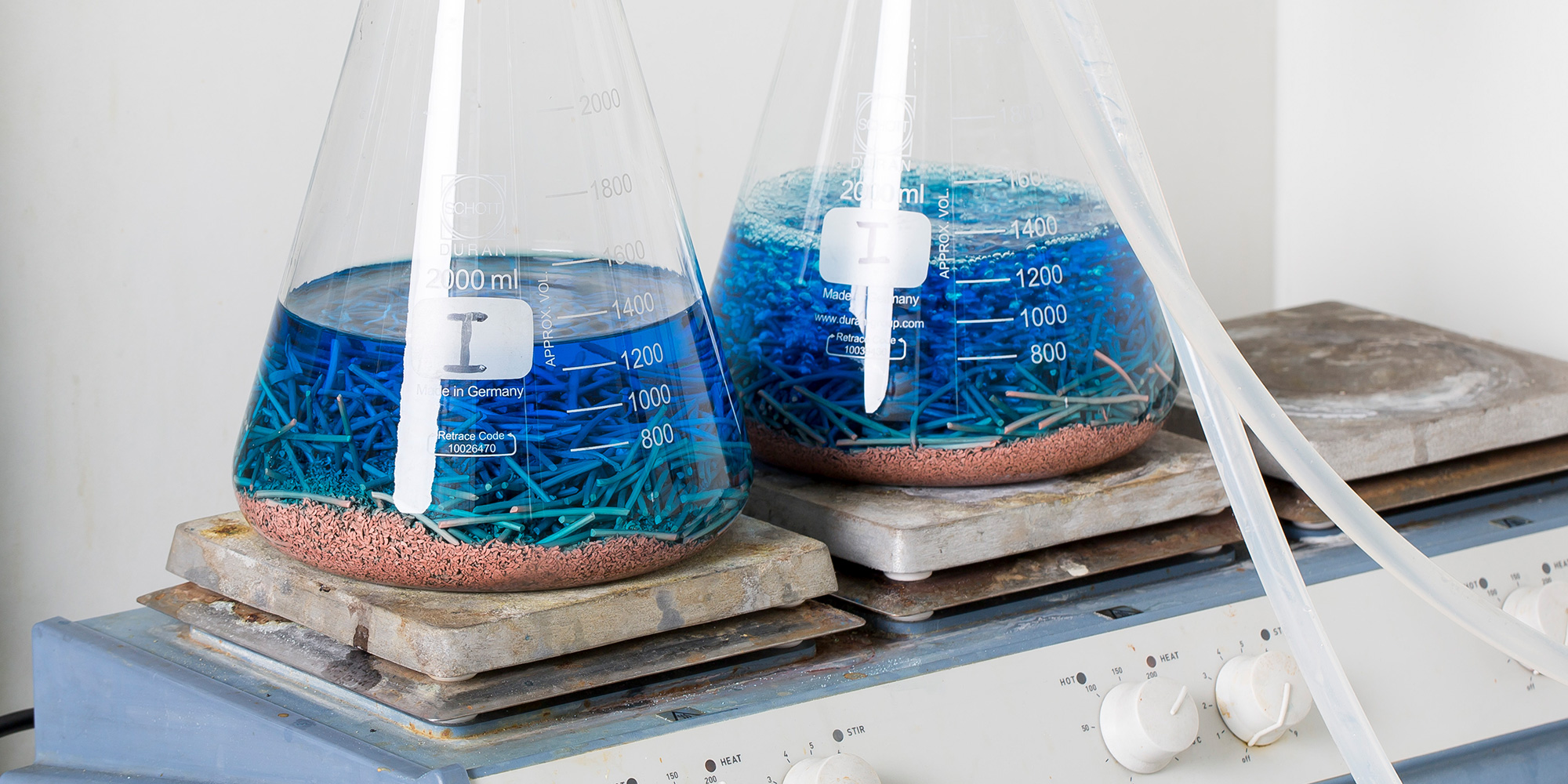DIN 50930-6 Corrosion of Metals in Contact with Water Test
The DIN 50930-6 test is a standardized procedure for evaluating the corrosion resistance of metals and alloys when they come into contact with water. This test method is crucial for industries where materials are exposed to aqueous environments, including oil & gas, chemical processing, power generation, and marine sectors.
The primary goal of this test is to assess whether the metal or alloy will deteriorate over time due to the presence of water. The test simulates real-world conditions by exposing the specimen to a defined aqueous environment for an extended period under controlled laboratory conditions. This ensures that the results are accurate and reproducible, which is essential for quality control in manufacturing processes.
The DIN 50930-6 standard specifies the methodology for conducting this test. It involves placing the specimen into a water bath at a specified temperature and humidity level. The exposure time can vary depending on the material being tested but typically ranges from several days to weeks or even months. During this period, any corrosion that occurs is carefully monitored.
Once the testing period has concluded, the specimens are removed from the aqueous environment and thoroughly examined for signs of corrosion such as pitting, erosion, or general loss in weight or dimensions. The extent and nature of the corrosion will then be documented according to predefined criteria outlined in DIN 50930-6.
The results of this test are valuable for several reasons. They help manufacturers understand how their materials perform under specific environmental conditions, allowing them to make informed decisions about material selection during product design phases. Additionally, compliance with standards like DIN 50930-6 is often required by regulatory bodies and clients who need assurance that the products meet certain quality and safety requirements.
- Environmental Factors: Temperature, humidity, and water chemistry all play critical roles in determining corrosion rates. Understanding these factors allows for more precise testing conditions which better reflect actual usage scenarios.
- Material Variability: Different metals react differently to water exposure; some may corrode quickly while others remain stable over long periods. Testing helps identify the most suitable materials for particular applications.
Benefits
The benefits of performing DIN 50930-6 tests extend beyond mere compliance; they provide valuable insights into material performance and help improve product longevity. By identifying potential weak points early in the development process, companies can reduce costly recalls and warranty claims later on.
For quality managers, this test ensures consistent production by verifying that all batches meet specified corrosion resistance standards. Compliance officers benefit from knowing they are adhering to industry best practices and relevant regulations. R&D engineers gain crucial data about material behavior under various conditions, enabling innovation and improvement in product design. Procurement teams can select suppliers who consistently deliver materials meeting stringent quality criteria.
The ability to predict corrosion rates accurately also leads to cost savings through optimized maintenance schedules and extended service life for equipment operating in harsh environments.
Eurolab Advantages
At Eurolab, we pride ourselves on providing comprehensive testing solutions tailored specifically to meet the needs of our clients across various industries. Our DIN 50930-6 corrossion testing service is no exception.
- Expertise: Our team consists of highly trained professionals with extensive experience in conducting corrosion tests according to international standards including DIN, ISO, ASTM and EN.
- State-of-the-Art Facilities: We utilize cutting-edge equipment designed for precise measurement and monitoring during the testing process. This ensures accurate results every time.
- Comprehensive Reporting: Each test comes with detailed reports highlighting key findings along with recommendations based on our analysis. These reports serve as valuable resources not only for current projects but also future developments within your organization.





